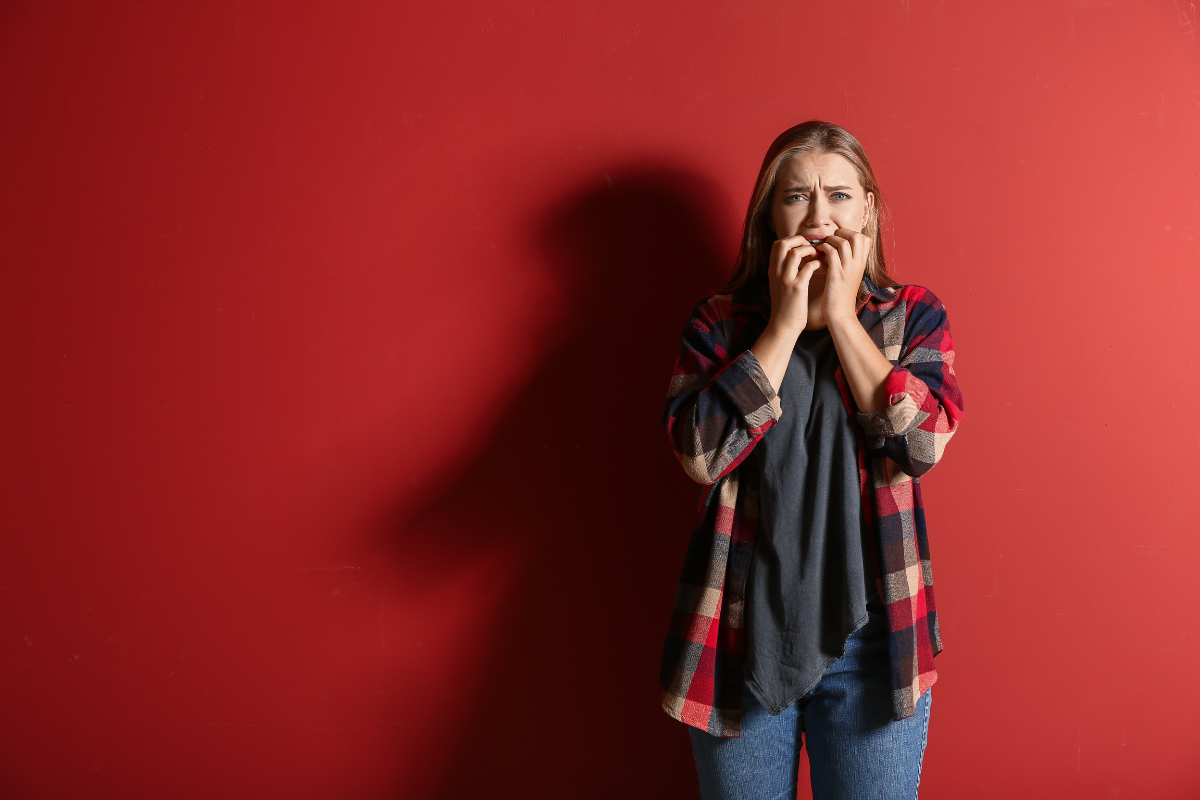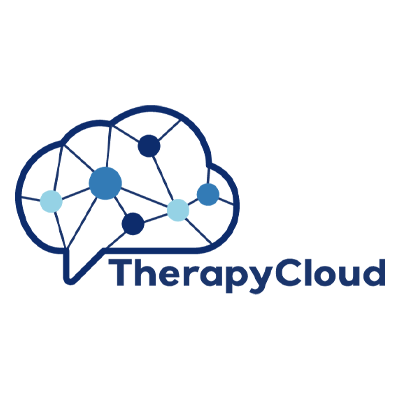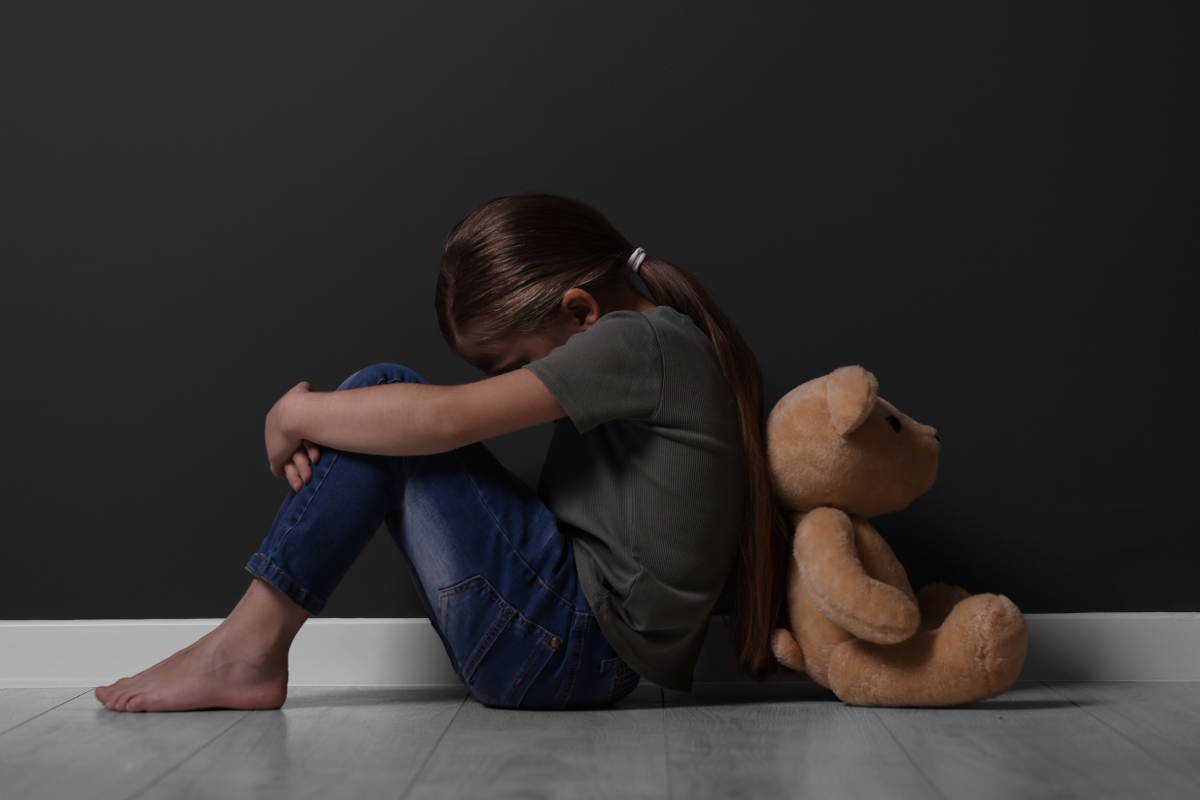What Is a Panic Attack? A Guide to Understanding and Taking Control

Ever felt like your body suddenly hit the panic button? Your heart’s racing, your chest is tight, and you can’t catch your breath, even though nothing obvious is wrong? It’s scary, confusing, and can leave you wondering what just happened.
If this sounds familiar, you might have experienced a panic attack. While it can feel overwhelming in the moment, the good news is that it’s something you can learn to manage.
Let’s explore what panic attacks really are, what causes them, and how you can take practical steps to feel more grounded and in control.
What Is a Panic Attack and How to Recognize One
A panic attack is an intense wave of fear or discomfort that comes on suddenly, often without warning. It peaks within minutes and can leave you feeling shaken or exhausted.
While they vary from person to person, common panic attack symptoms include:
- Racing heartbeat
- Shortness of breath
- Sweating or chills
- Dizziness or lightheadedness
- Chest pain
- Nausea or stomach upset
- Numbness or tingling
- Fear of losing control, “going crazy,” or dying
One of the scariest things about a panic attack is how physical it feels, so much so that many people mistake it for a heart attack and end up in the ER. But unlike a medical emergency, it typically passes on its own, often leaving no physical trace. It’s not dangerous, but it’s incredibly distressing.
Panic attacks happen when your body’s fight-or-flight response goes off at the wrong time, signaling danger even when there isn’t any. If it’s your first time having this set of symptoms, it’s always a good idea to check with a healthcare provider to rule out anything medical. But once you know what’s happening, being able to recognize the signs early can help you feel more in control and respond more calmly.
What Causes Panic Attacks?
While panic attacks can feel like they come out of nowhere, often there is an underlying cause. Some common triggers include:
- Stress: Work, relationships, money—chronic stress wears down the nervous system.
- Trauma or past experiences: Especially when unresolved.
- Genetics: A family history of anxiety or panic disorders can increase your risk.
- Health issues: Thyroid problems, certain medications, or stimulant use (like caffeine) can mimic or trigger panic attack symptoms.
And sometimes, the trigger is simply your own fear of having another panic attack—a frustrating cycle that can lead to something called Panic Disorder.
How to Stop a Panic Attack Using In-the-Moment Techniques
When you're in the middle of a panic attack, the goal isn’t to make it stop instantly but to ride the wave and remind your brain and body that you're safe. Knowing how to stop a panic attack can make all the difference, and there are proven techniques that can help bring rapid relief when it strikes.
1. Ground Yourself: Use the 5-4-3-2-1 technique to engage your senses:
- 5 things you can see
- 4 things you can touch
- 3 things you can hear
- 2 things you can smell
- 1 thing you can taste
2. Focus on Your Breath: Breathe in through your nose for 4 seconds, hold for 4, exhale for 6. Repeat. This kind of “box breathing” signals safety to your nervous system.
3. Try a Calming Phrase: Say something to yourself like: “This is a panic attack. It will pass. I am safe.”
4. Change Your Environment: Step outside, splash cold water on your face, eat something sour, or move to a quieter space.
Prevent Panic Attacks in the Long Term
If panic attacks keep showing up in your life, it’s time to shift from reacting to preventing. Long-term management isn’t about eliminating stress entirely (that’s impossible!). It's about building a mental and physical toolkit that helps your body feel safe and balanced.
Therapy
When it comes to panic attacks, Cognitive Behavioral Therapy (CBT) is one of the most effective approaches. It teaches you how to recognize and challenge anxious thought patterns, understand your triggers, and develop healthier responses to stress. With time, therapy can make panic episodes less frequent and easier to manage.
Medication
In some cases, medication can offer extra support. Anti-anxiety medications or antidepressants may help regulate brain chemistry, especially if panic attacks are linked to an anxiety disorder or depression. Always talk to a qualified mental health professional or psychiatrist to see if this option is right for you.
Lifestyle Habits
Your day-to-day habits have a direct impact on how your body responds to stress. Small, consistent changes can go a long way toward preventing panic attacks:
- Exercise regularly. Even a brisk walk a few times a week can help regulate your mood and reduce anxiety.
- Limit caffeine and alcohol. These stimulants can heighten anxiety symptoms and trigger panic for some people.
- Prioritize quality sleep. A lack of rest makes it harder for your body to handle stress.
- Try mindfulness and journaling. Daily reflection or meditation can help calm your mind and increase self-awareness.
- Identify and reduce stressors. Set boundaries, delegate tasks, and give yourself permission to slow down when needed.
These habits may seem simple, but they create a strong foundation. Over time, they help regulate your nervous system, improve resilience, and make it less likely for panic to sneak up on you.
Healing Starts with Understanding
Panic attacks may feel like they’re taking over, but they don’t define you. The more you understand them, the more power you have to manage them.
Whether you’re experiencing your first panic attack or have been battling anxiety for years, healing is possible and support is out there.
TherapyCloud is here to help.
Explore our therapist directory or browse our mental health resources to find the support that’s right for you.




